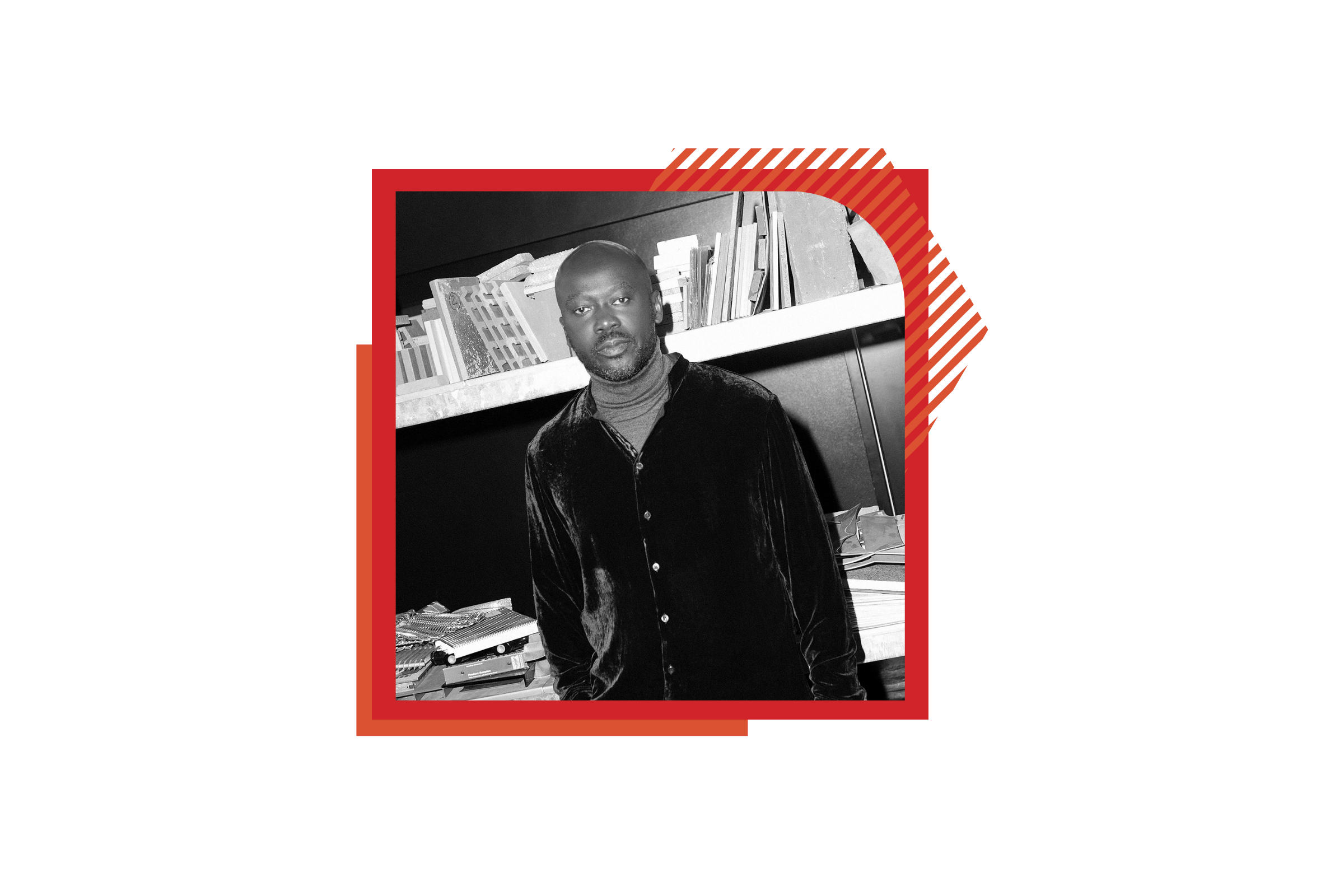David Adjaye has designed buildings large and small, public and private, famous and super-secret, all over the world. He is best known for such high-profile creations as the Nobel Peace Center in Norway, which was adapted from an old railway station, and the award-winning National Museum of African American History and Culture in Washington, D.C. But his greatest impact is not really on design; he doesn’t have a signature style. His major innovation has been reorienting the world’s attention and shining a light on cultures from every corner of the globe. “For me, the business of being an architect is not about perfecting one’s style,” Adjaye has said, “but about a very profound engagement with society.” He operates across a dizzying range of traditions and time zones, using a legion of local materials and structural practices. Rather than point to themselves, his buildings invite a rethinking of history and a more nuanced reflection on the lives, heritage and habits of those around the building. The decorative cladding of the museum in Washington, for instance, was inspired by the metalwork of pre-Civil War African-American craftsmen. One of Adjaye’s early collaborators, Danish-Icelandic sculptor Olafur Eliasson, perhaps put it best: “Human nature is his inspiration.”
- The 100 Most Influential People of 2024
- Coco Gauff Is Playing for Herself Now
- Scenes From Pro-Palestinian Encampments Across U.S. Universities
- 6 Compliments That Land Every Time
- If You're Dating Right Now, You're Brave: Column
- The AI That Could Heal a Divided Internet
- Fallout Is a Brilliant Model for the Future of Video Game Adaptations
- Want Weekly Recs on What to Watch, Read, and More? Sign Up for Worth Your Time
